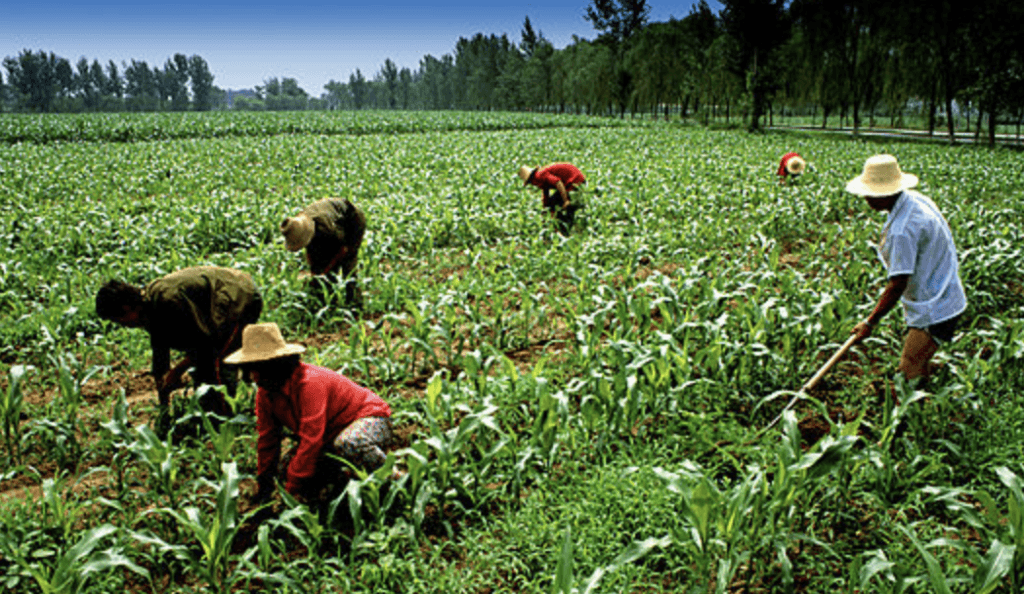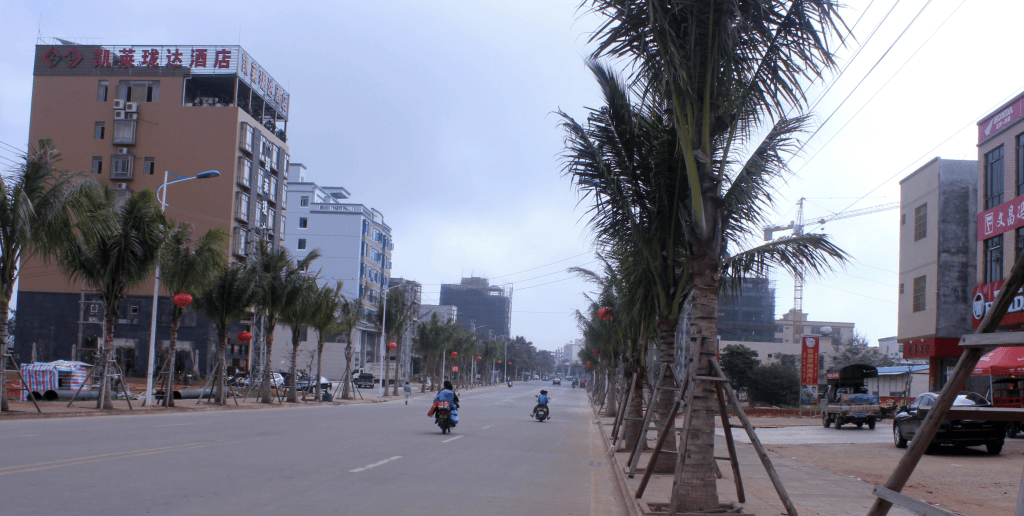Farming which has been characterized as a low-income business in Haosheng Village has witnessed a huge change and has significantly improved the living conditions of the inhabitants. Lin Chunxue, who is a manager of a renowned farmhouse in Haosheng Village, Wenchang City is deeply impressed by the remarkable changes in the village within the last few years.
Haosheng is a small village with 11 households and more than 60 people. This village is 7.2 kilometers away from Wenchang Satellite Launch Base. In early 2017, the Wenchang City government issued a plan to develop aerospace vegetable cultivation, green farming, cultural tourism, blockchain and other emerging industries in order to provide unprecedented opportunities for Wenchang to develop. A few days ago, a group of “reporters across the Taiwan Straits” visited the city to unravel the secret behind their emerging success.

Aerospace technology is an important “signature” of the people of Haosheng. According to the mayor of Wenchang City during a short interview with him, he said” Wenchang is keen on supporting the development of its rural areas with space technology. Visitors around the world can witness cultivation of agricultural product such as melons and vegetables in aerospace breeding, taste “aerospace dishes”, visit children’s space parks, and purchase aerospace-themed tourism products. “In short, the aerospace-related food, shelter, travel, travel, purchase, entertainment, can be reflected here.
The village is now also leveraging on blockchain technology and its key values which include decentralization, trust, security of transactions, cross-border accessibility that bypassed any form of bureaucracy, and security. Presently, they have a “blockchain restaurant” to track the entire process from planting (breeding) to serving the table with centrally processed data. With blockchain technology, the farming community can be unified under a single blockchain such that farmers, as well as buyers, can monitor improvement and even remit payment by agreeing on a common means of payment that will be agreed upon by anyone.

Raw materials for agricultural production in the village are mostly sourced locally. Lin Chunxue, who started to manage a farmhouse in 2011, said that all of her raw materials in his farm are sourced locally to ensure quality. According to him, the volume of sales started to increased tremendously particularly last year and the cost of schooling which has been a problem for children is Haosheng Village has now been eradicated and the people of the village have gradually moved toward a well-off society.
Cooperation with the Government
The government through village construction plans has been able to solve problems relating to poor construction and especially to promote the transfer of rural collective land and maximize the efficiency and value of land resource utilization. Today, Haosheng Village is a local “multi-standard demonstration village”.
The person in charge of the village, Fu Hele, said that the policy was alive and the industry was booming. Aerospace vegetable cultivation, Wenchang chicken farming, etc., solved the employment problem in the village, and everyone did not want to go out to work or look for a white collar job in other neighboring cities.
Proper road networks, which is crucial for farming success, is also one of the elements that led to the key changes. “Before, muds was always everywhere, but now the roads are very clean, and the village looks beautiful”. Fu mentioned that in order to maintain neatness, Haosheng Village has 11 health responsibility zones, and each household is responsible for the cleaning of one area.
Fruitful Results
In more than a year, the construction of the “Aerospace Village” has begun to show results. In 2017, data shows the per capita disposable income of Haosheng Village was nearly 30,000 yuan, with an annual growth rate of 52%, and nearly one-third of the poor households in Longlou Township have now moved out of poverty.
Today, Haosheng Village has also become a representative of Hainan’s new model for exploring rural poverty alleviation. Last year, the province allocated 2.85 billion yuan of special poverty alleviation funds. Through the development of agricultural specialty products, green tourism, “insurance + futures + precision poverty alleviation” and other means, 117 poor villages successfully “capped”, and the actual number of people out of poverty was 208,000.




















